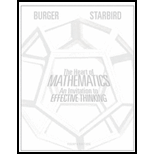
Beat another friend. Play Fibonacci nim with another friend: Explain the rules, but do not reveal the secret to winning. Use 30 sticks to start. Play carefully and beat your friend. Play again with another (non-Fibonacci number of sticks to start. Record the number of sticks removed at each stage of each game. Finally, reveal the secret strategy and record your friend’s reaction.
Want to see the full answer?
Check out a sample textbook solution
Chapter 2 Solutions
The Heart of Mathematics: An Invitation to Effective Thinking
Additional Math Textbook Solutions
Thinking Mathematically (7th Edition)
A Problem Solving Approach to Mathematics for Elementary School Teachers (12th Edition)
Finite Mathematics & Its Applications (12th Edition)
Excursions in Modern Mathematics (9th Edition)
Calculus for Business, Economics, Life Sciences, and Social Sciences (14th Edition)
A Problem Solving Approach To Mathematics For Elementary School Teachers (13th Edition)
- A family consisting of 2 parents and 3 children is to pose for a picture with 2 family members in the front and 3 in the back a. How many arrangements are possible with no restrictions? b. How many arrangements are possible if the parents must sit in the front? C. How many arrangements are possible if the parents must be next to each other?arrow_forwardIf P(AB)=0.7, is it possible that P(BA)=0.6? Explainarrow_forward
- Algebra & Trigonometry with Analytic GeometryAlgebraISBN:9781133382119Author:SwokowskiPublisher:Cengage
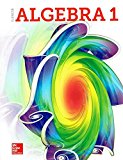 Glencoe Algebra 1, Student Edition, 9780079039897...AlgebraISBN:9780079039897Author:CarterPublisher:McGraw Hill
Glencoe Algebra 1, Student Edition, 9780079039897...AlgebraISBN:9780079039897Author:CarterPublisher:McGraw Hill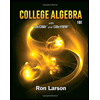
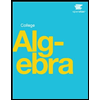
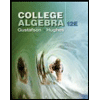 College Algebra (MindTap Course List)AlgebraISBN:9781305652231Author:R. David Gustafson, Jeff HughesPublisher:Cengage Learning
College Algebra (MindTap Course List)AlgebraISBN:9781305652231Author:R. David Gustafson, Jeff HughesPublisher:Cengage Learning




